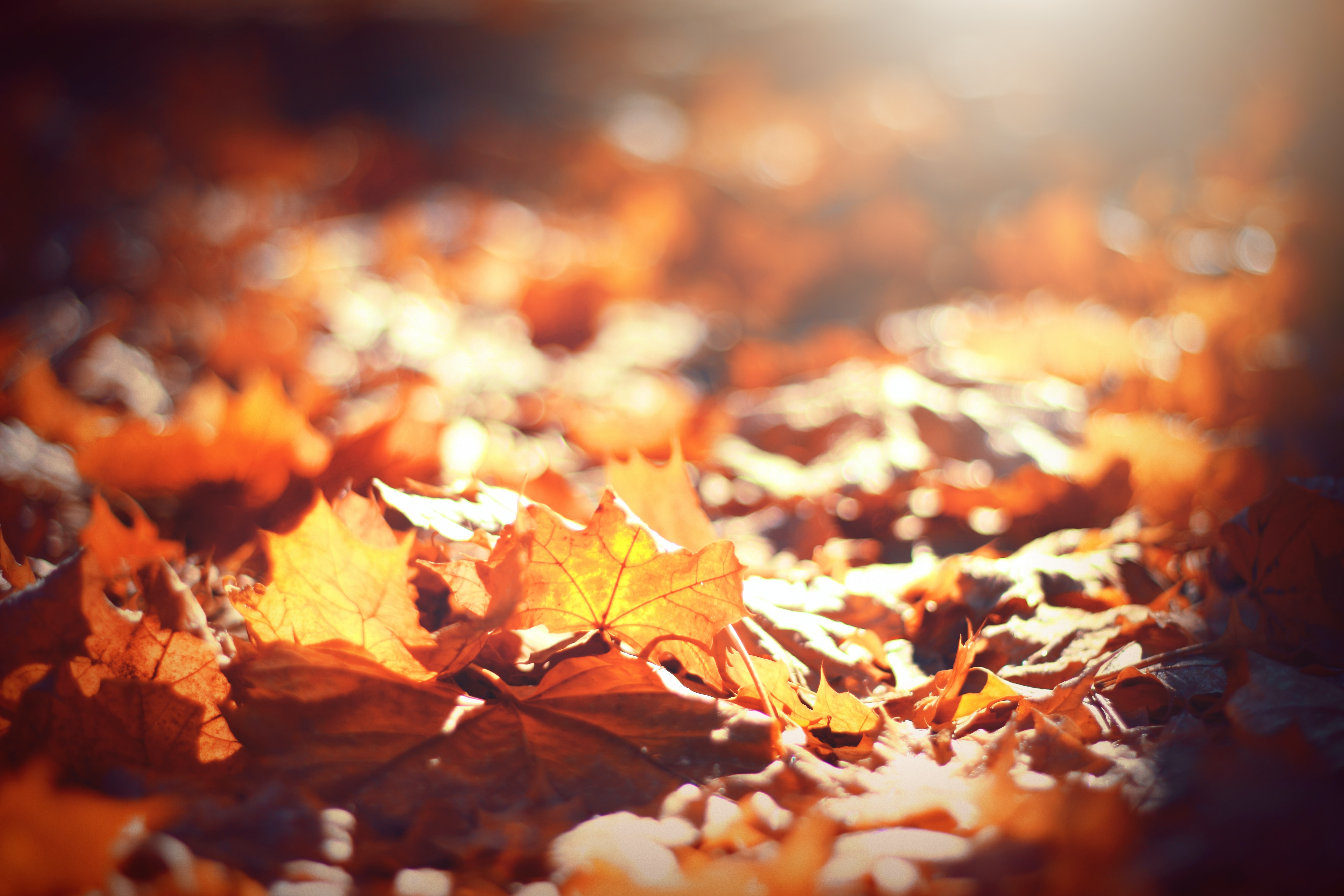Gardening Jobs for November

The colour of leaves are changing and slowly falling, the wet weather is here and it’s now the time to get on those warmer winter layers. Autumn is here and it’s time to check off those November gardening jobs.
Top gardening tasks for November
Whether you have a small garden, allotment or large grounds, there are jobs to be done in preparation for Spring and to keep the garden tidy over Winter. We've listed a handful of these tasks below.
Grab your rake and start tidying up
Gather up leaves from lawns, ponds and beds and pop them in the compost as well as any dead/dying bedding plants and annuals.
Now is also the time to raise your pots onto feet to prevent waterlogging, failing to do this can mean water sits at the bottom and freezes the compost.
If you find pigeons are a problem in your garden, start netting your brassicas (such as cabbages, sprouts, and cauliflower). Pigeons love to peck on the leaves, leaving the veins and stalks behind.
Delightful Spring Surprise
November is the perfect time to plant tulip bulbs. Tulips are usually the last spring bulb to plant to prevent a fungal disease called tulip fire, however you can plant your spring bulbs as late as December.
Bulbs can be plants in borders and pots. Our favourite displays include tulips, crocuses, snowdrops, daffodils, and alliums but there are many spring bulbs that will give you a beautiful display from March time.
Snip, snip those roses
Generally, you wouldn’t do your ‘big’ rose prune until late winter (depending on the type of roses), however, to prevent your rose bushes from getting damaged by winter winds it’s good to give them a trim down in November.
Check out our full rose pruning guide, with expert comment from David Austin Roses.
Look after wildlife
Put out bird food to encourage winter birds into the garden, fat balls and suet pellets are great in the colder months as well as filling up the feeders with hearty seeds such as sunflower hearts and peanuts.
Leaving the seedheads of plants such as teasel and echinacea will attract birds such as house sparrows and goldfinches.
Plant crocuses for hungry queen bumblebees in the Spring. Placing them in a sunny spot and these flowers will provide a great first feeding spot when they come out of hibernation.
Using clippings, logs, and shrub material to create some wildlife stacks will insects such as beetles and woodlice and these bugs in turn will attract small mammals such as hedgehogs and mice. Keep the stack in a quiet, out the way area of the garden such as behind a shed.
For more seasonal gardening tips, check out our Winter Gardening Guide or head over to the RHS / Gardener’s World websites.



